
AI to revolutionise healthcare within five years – impact could be comparable to the birth of the internet
Large language models are becoming part of doctors’ daily work. Experts predict a radical transformation that will ease physicians’ workload and improve patient experience. Instead of this news summary, you can read the expert-focused article here.

Martti Asikainen, 2.6.2025

Artificial intelligence is coming to the doctor’s surgery – and not merely as an assistant, but as part of the care process itself. The integration of language models into healthcare is progressing at an accelerating pace, with some experts comparing its impact to the birth of the internet.
Johan Sanmark, R&D director of the Western Uusimaa wellbeing area, predicts that AI will revolutionise working methods and automatic documentation will become commonplace in Finnish healthcare possibly within five years.
AI-Assisted Medical History
One of the most promising applications is enhancing consultation services. In future, consultations could begin with AI reviewing the patient’s history and creating a summary of essential matters. During the conversation, it would listen and create a documentation suggestion for the doctor.
The change would be significant, as currently over eight hours of doctors’ total monthly work goes towards documenting reports. With automatic documentation, doctors could focus better on patients rather than recording everything on the computer.
Specialised language models are also being developed in Finland for healthcare needs. Researchers have successfully applied large language models to, for instance, identifying diabetes-caused retinal disease based on HUS patient datasets.
The so-called DR-GPT model was trained using over 40,000 patient records from specialist healthcare visits. According to researchers, the model analyses free-form Finnish medical reports with exceptional accuracy.
International findings are compelling
Internationally, language model results are impressive. For example, the American Med-PaLM 2 language model answered medical questions with up to 86.5% accuracy, whilst its predecessor achieved only 67.5% accuracy.
Rather than standard language models like ChatGPT, Claude, or Gemini, the best results are achieved with retrieval-augmented systems that combine language models with information retrieval systems.
For instance, the ChatRWD system produced useful answers to 58% of medical questions, whilst standard language models managed only 2-10%.
However, implementing AI in healthcare also presents challenges. The availability of necessary data complicates AI solution development, and obtaining secure datasets for research and product development use is legally challenging.
Challenges and opportunities
The EU’s data protection regulation and the AI Act introduced in 2024 may slow AI development in healthcare.
Meanwhile, the gradual implementation of AI may deepen differences between wellbeing areas, as smaller operators may not have the financial resources to invest in new technologies.
However, the benefits AI brings could be significant. If the technology succeeds in improving productivity in public social and healthcare even moderately, savings could rise to hundreds of millions of euros annually.
AI is already part of everyday healthcare today, particularly supporting radiologists’ work in interpreting X-rays and early disease detection. However, ongoing developments promise to take AI integration in healthcare to an entirely new level.
You can read the expert-focused version of the article here.


Finnish AI Region
2022-2025.
Media contacts